Artists will always find unexpected opportunities and solutionss in the things they like, and painting is so diverse that it gives the infinite freedom to experiment and unleash one’s imagination. Two years ago artist Maya Petrova got interested in an old Mediterranean tradition with Italian roots – vinorel – and started to apply it. The technique of painting with wine is difficult and not particularly popular, it is labour-intensive and the pictures take a long time to paint, as well as absolute precision.
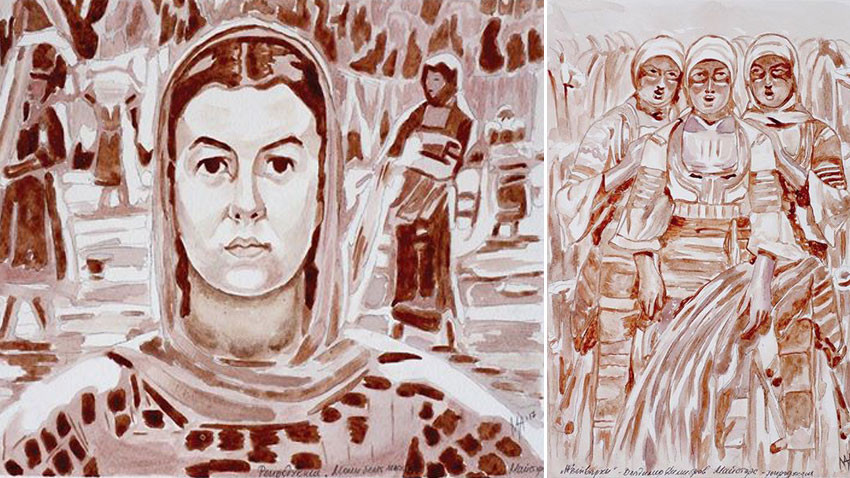
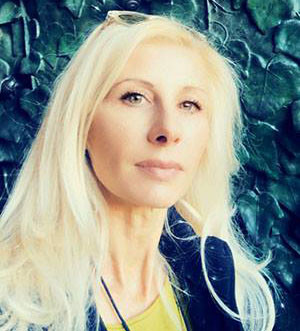 “This is a technique that is very old, unfortunately, in our day, there are very few people who still practice it,” says Maya Petrova. “It is a water-colour technique, and it is a difficult one because it doesn’t allow for any correction of errors, unlike oil or acrylic for example. When you work with wine you have to be really focused, you have to be sure of every step you take – where the colour should go, how to pour the drops of wine so as to construct one whole picture.”
“This is a technique that is very old, unfortunately, in our day, there are very few people who still practice it,” says Maya Petrova. “It is a water-colour technique, and it is a difficult one because it doesn’t allow for any correction of errors, unlike oil or acrylic for example. When you work with wine you have to be really focused, you have to be sure of every step you take – where the colour should go, how to pour the drops of wine so as to construct one whole picture.”
Seeing as she was unable to find enough information about this unique way of painting online, Maya Petrova started experimenting. She learnt how to choose the wine all by herself, whether to boil it, or to use it as it is. The technology of boiling she borrowed from Spanish artist Alfonso Aguirre who boils the wine until it evaporates, leaving a thick sediment which he dilutes with water or wine and uses to paint with. The Bulgarian painter added to the colour range by mixing different varieties of wine to achieve different tonalities. What do they depend on?
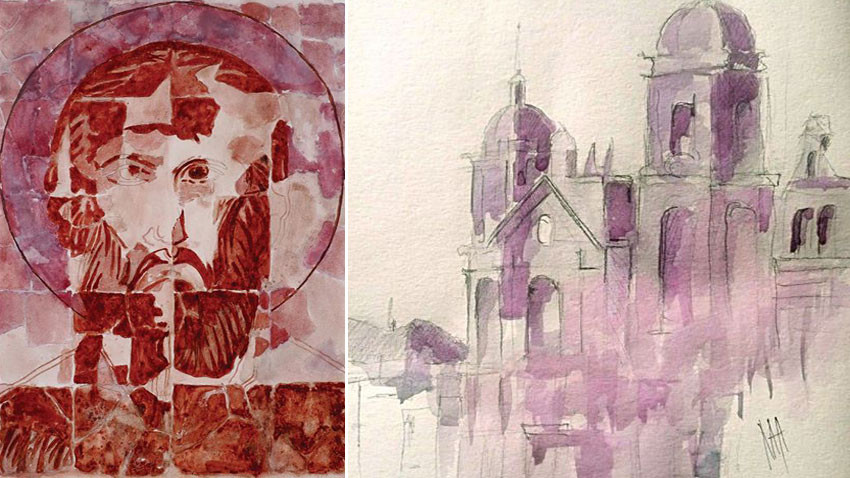
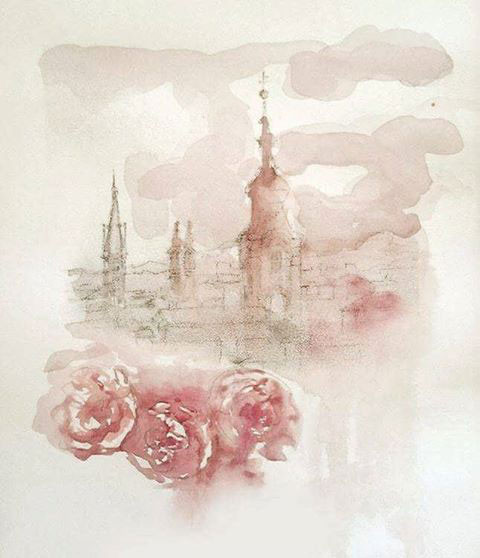 “On the variety of the wine and of the grapes,” Maya Petrova answers and adds: “The longer the grape skins are left during processing, the deeper the colour of the wine. Italian wines are more purple, Spanish wines tend to be red-brown. I can’t use foreign wines all the time, sometimes a painting takes 8-9 different kinds of wine. Here in Bulgaria we have very good wines, and I use them in my work.”
“On the variety of the wine and of the grapes,” Maya Petrova answers and adds: “The longer the grape skins are left during processing, the deeper the colour of the wine. Italian wines are more purple, Spanish wines tend to be red-brown. I can’t use foreign wines all the time, sometimes a painting takes 8-9 different kinds of wine. Here in Bulgaria we have very good wines, and I use them in my work.”
The most difficult thing when looking at wine art is that there are so few colours.
“There are no blues here, or greens, or reds, it all fits into one tonality of browns and purples, because depending on the wine, by mixing it with other wines, by diluting it with water, you can only obtain hues from this range of colours. The transition from the emotional kind of painting with an array of different colours to this kind of achromaticity, to the narrow range of colours in vinorel was such a challenge for me,” Maya Petrova says.
The painter says the art of painting with wine is a lost art, that is why she has been trying to revive it in all kinds of ways, including by organizing courses.
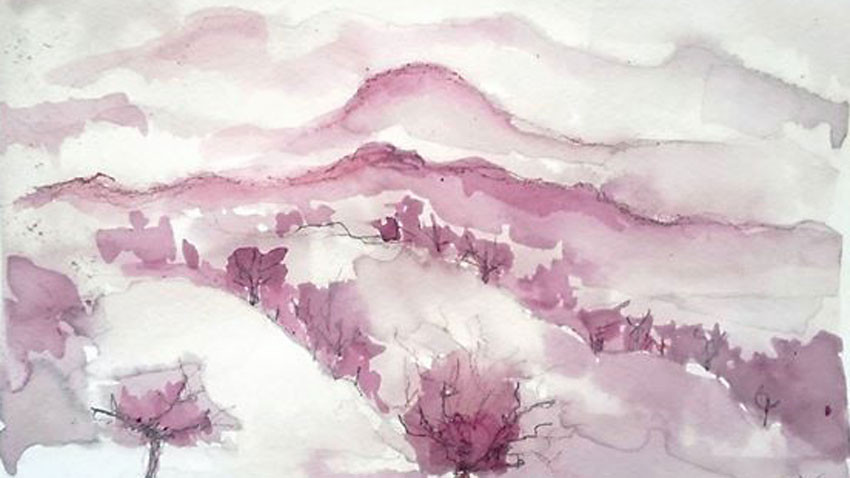
“In these dynamic times we are accustomed to all things colourful and bright, and people come mostly out of curiosity, because they want to see how you can paint with wine, how you can use it as some kind of material instead of drinking it. It is a technique that is hardly likely to gain popularity. But art and wine have always gone hand in hand, to artists wine is an inspiration. Perhaps that is how this technique was created – maybe an artist spilled his glass onto a piece of paper and wanted to see what would happen if he started drawing with wine. At least that is how I imagine it happened,” says Maya Petrova.
English version: Milena Daynova
Desislava SemkovskaWorld-famous opera singer Sonya Yoncheva has received the "Musician of the Year, 2023" award. It was presented to her by BNR Director General Milen Mitev. The soprano was chosen in a national poll by the classical music programme "Allegro Vivace"..
Romanian President Klaus Iohannis awarded maestro Nayden Todorov the Order of Cultural Merit in the rank of Grand Officer, Category F - Promoting Culture. The prestigious award recognizes Maestro Todorov’s long-standing efforts in bilateral..
The Bogdan Khmelnitsky Melitopol State Pedagogical University, together with the Shumen University "Bishop Konstantin Preslavsky", organize the ninth International Bulgarian readings "Youth in Science without Borders", which will be..

+359 2 9336 661
